run-in with insurance company!
peregrinekt
19 years ago
Related Stories
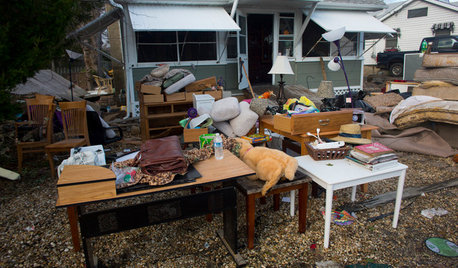
DISASTER PREP & RECOVERYHow to Prep for Disaster Insurance Claims
Tools and tips for making an inventory list, documenting damage to your home, and working with your adjuster
Full Story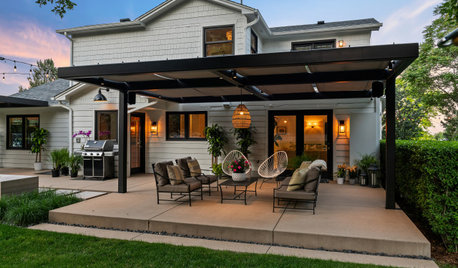
WORKING WITH PROSYour Guide to a Smooth-Running Construction Project
Find out how to save time, money and your sanity when building new or remodeling
Full Story
HOME TECHWhy Google Just Paid $3.2 Billion for a Company That Makes Thermostats
Smart home technology just got a new champion — and everyone is speculating about the reasons
Full Story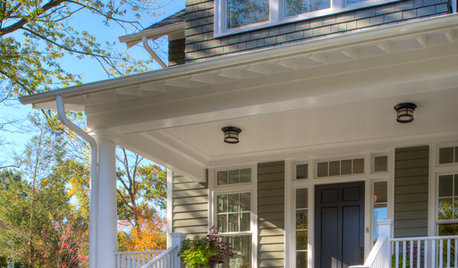
MONTHLY HOME CHECKLISTSOctober Checklist for a Smooth-Running Home
You're due for some winterizing, like clearing rain gutters and stowing swimsuits — but leave time for a fun project
Full Story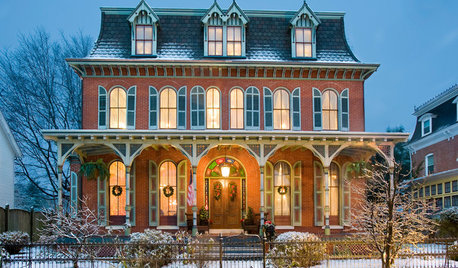
MONTHLY HOME CHECKLISTSDecember Checklist for a Smooth-Running Home
It's time to add weather stripping, plan for holiday home safety, consider backup heating, check your emergency kits and more
Full Story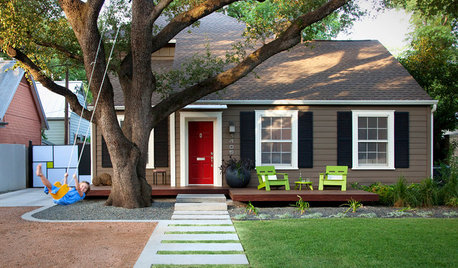
MONTHLY HOME CHECKLISTSJuly Checklist for a Smooth-Running Home
Pare back inside while you fire up outside for the Fourth. And why not donate some spare produce while you're at it?
Full Story
MONTHLY HOME CHECKLISTSFebruary Checklist for a Smooth-Running Home
Spend snowy days sprucing up, cleaning out and making your bedroom romance-ready
Full Story
MONTHLY HOME CHECKLISTSNovember Checklist for a Smooth-Running Home
Prep for holiday entertaining and the onslaught of winter to enjoy a healthy home and a relaxed mood
Full Story
MOVINGHiring a Home Inspector? Ask These 10 Questions
How to make sure the pro who performs your home inspection is properly qualified and insured, so you can protect your big investment
Full Story
BATHROOM DESIGNPowder Room Essentials to Keep Guests Happy
Set out these bathroom necessities (hello, hand towels) to make your company comfortable and your parties run smoothly
Full Story





joepyeweed
klimkm
Related Professionals
Ashland Landscape Architects & Landscape Designers · Seabrook Landscape Architects & Landscape Designers · Canton Landscape Contractors · McKinney Landscape Contractors · Avocado Heights Landscape Contractors · Brownsville Landscape Contractors · Damascus Landscape Contractors · Englewood Landscape Contractors · Indio Landscape Contractors · Mastic Beach Landscape Contractors · Round Lake Landscape Contractors · Sun City Center Landscape Contractors · Dorchester Center Decks, Patios & Outdoor Enclosures · Puyallup Decks, Patios & Outdoor Enclosures · Randolph Decks, Patios & Outdoor EnclosuresJohn_Blakeman
peregrinektOriginal Author
joepyeweed
ericwi
joepyeweed
Cynthia_GA
joepyeweed
newjerseytea
ken_mce